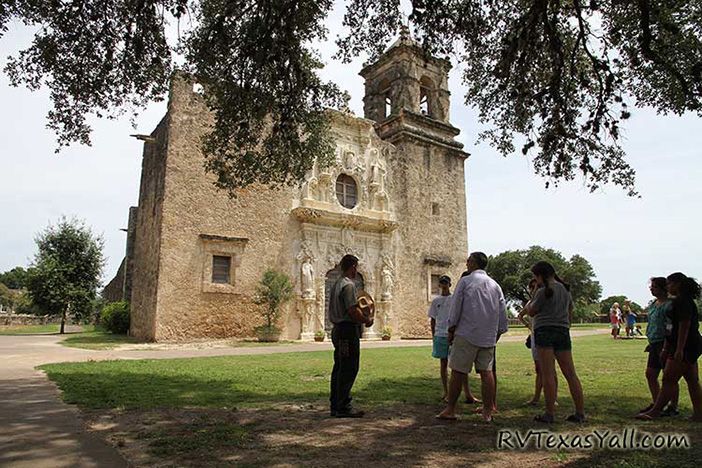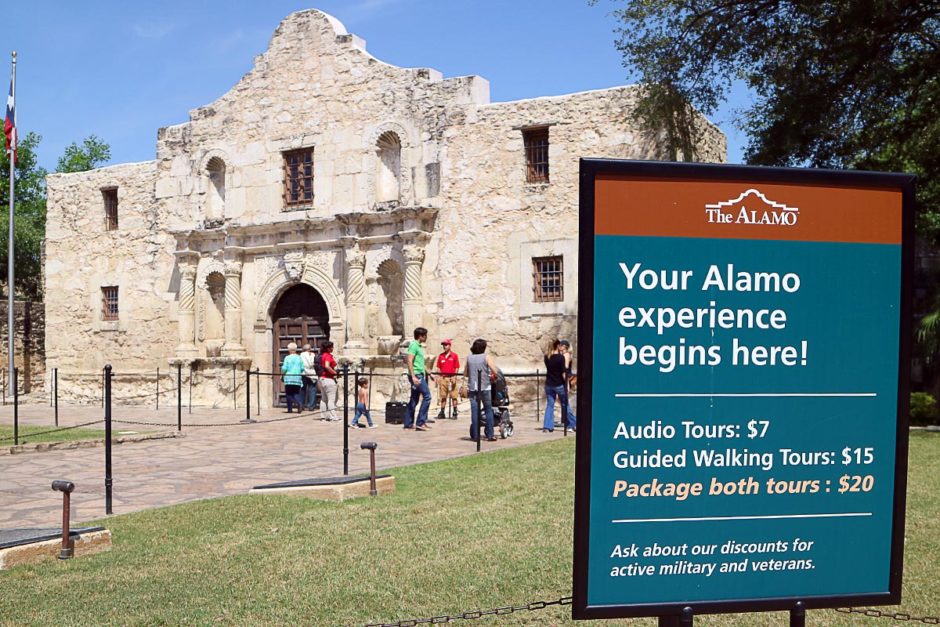Enjoyable San Antonio Missions National Historical Park Activities: Engage with History
Enjoyable San Antonio Missions National Historical Park Activities: Engage with History
Blog Article
Explore the Rich History of San Antonio Missions National Historical Park: a Comprehensive Overview to Its Cultural Significance and Preservation Efforts
As we begin on a journey via the historic history of these missions, we discover building marvels that have actually held up against the test of time. Past the simple physical frameworks, each mission, especially Goal Espada, brings an extensive social weight that reverberates deeply with those that explore its grounds.
Historic History of San Antonio Missions
The roots of the historic history of the San Antonio Missions run deep, linking Spanish colonial influence with aboriginal cultures in the South Texas region. Developed in the very early 18th century, these missions were founded by Franciscan friars with the purpose of spreading Christianity and converting the neighborhood native populations. San Antonio Missions National Historical Park in TX. The Spanish Crown sustained these missions as a way of strengthening control over the territory and increasing their influence in the New Globe
The Spanish promoters played a considerable function in shaping the social landscape of the area, presenting brand-new farming strategies, architecture, and spiritual techniques. The indigenous neighborhoods, such as the Coahuiltecans and various other tribes, communicated with the Spanish settlers, resulting in a mixing of practices and ideas.
Over time, the missions became not just religious facilities however social and likewise financial hubs, bring in inhabitants from different histories. Today, the San Antonio Goals stand as a testimony to this complicated history, showing the enduring tradition of Spanish colonialism and the durability of indigenous cultures in South Texas.
Architectural Marvels of the Missions
Having laid the structure of cultural exchange between Aboriginal areas and spanish missionaries, the building marvels of the San Antonio Missions exemplify a mix of Native and european craftsmanship that remains to captivate visitors. These goals, including Goal San Jose, Mission Concepcion, Objective San Juan, Objective Espada, and the Alamo, display distinct features such as luxuriant facades, detailed makings, vivid frescoes, and strong rock walls. The Spanish Colonial style, defined by arched entrances, bell towers, and roomy yards, shows an unified fusion of Spanish layout components with indigenous building techniques.
Each objective within the San Antonio Missions National Historical Park tells an unique story through its design, highlighting the advancement of construction styles and cultural impacts in time. Visitors can marvel at the competent craftsmanship apparent in the in-depth stonework, hand-carved wood doors, and spiritual iconography adorning the insides. These architectural masterpieces stand as enduring testimonies to the long-lasting legacy of the objectives and the cultural heritage they stand for.
Cultural Relevance of Goal Espada
With its historic roots deeply intertwined with the native cultures of the region, Mission Espada stands as an icon of cultural strength and adaptation within the San Antonio Missions National Historical Park. Established in 1690, Goal Espada was established by Spanish Franciscans as a way to spread out Christianity among the Coahuiltecan individuals while likewise serving as a center for agriculture and sector. The goal's cultural importance hinges on its duty as a conference point in between Native and european American practices, resulting in an unique blend of building styles, spiritual methods, and agricultural methods.
Mission Espada's famous aqueduct, called "Acequia de Espada," is a testimony to the design abilities of both Aboriginal and spanish peoples, showcasing their partnership in constructing vital waterways for irrigation purposes. This unified combination of social impacts is more exemplified in the objective's detailed carvings, vibrant frescoes, and religious ceremonies that remain to be exercised to this day. As one of the earliest unrestored stone churches in America, Goal Espada stands as a living testimony to the enduring heritage of social exchange and adaptation that specifies the San Antonio Missions National Historical Park.
Conservation Difficulties and initiatives
Preservation in maintaining the historical honesty of Goal Espada comes across a myriad of complex difficulties that demand innovative remedies and devoted stewardship. As one of the five objectives within the San Antonio Missions National Historical Park, Objective Espada deals with conservation concerns originating from ecological variables, urban encroachment, and the ongoing battle against all-natural damage. The delicate equilibrium in between preserving the initial frameworks and ensuring site visitor access and security requires precise planning and execution.
Efforts to maintain Objective Espada involve a multi-faceted approach that includes routine upkeep, structural assessments, and conservation tasks. Partnerships in between park officials, historians, excavators, and neighborhood neighborhoods are vital in establishing sustainable conservation methods. Difficulties such as funding constraints, restricted resources, and the need for customized proficiency better make complex preservation efforts.
Regardless of these challenges, the commitment to protecting Objective Espada's historic value stays steady. Through proceeded research, neighborhood involvement, and flexible preservation techniques, the preservation of Objective Espada stands as a testament to the devotion in the direction of shielding our social heritage for future generations.
Neighborhood Interaction in Park Conservation

One of the primary ways the park includes the community is through volunteer chances. Regional residents can take part in conservation projects, instructional programs, and special occasions, permitting them to add straight to the preservation of the park. This hands-on participation not only profits the park in regards to additional sources and workforce yet likewise creates a more powerful connection between the park and the neighborhood itself.
In addition, the park frequently seeks input from neighborhood stakeholders, consisting of community teams, companies, and federal government companies, to make sure that preservation efforts line up with the needs and worths of the bordering community. By involving with the local population in these significant ways, San Antonio Missions National Historical Park cultivates a culture of conservation and sustainability that will certainly help preserve this social prize for future generations.
Conclusion

Beyond the mere physical structures, each objective, notably Goal Espada, carries a profound social weight that resonates deeply with those who discover its grounds. These goals, consisting of Objective San Jose, Objective Concepcion, Goal San Juan, Objective Espada, and the Alamo, display distinct functions such as luxuriant exteriors, intricate makings, vibrant frescoes, and sturdy rock walls.With its historic origins deeply intertwined with the indigenous societies of the area, Goal Espada stands as a symbol of social resilience and adaptation within the San Antonio Missions National Historical Park (San Antonio Missions National Historical Park map). As one of the oldest unrestored rock churches in America, Mission Espada stands as a living testament to the enduring legacy of cultural exchange and adaptation that defines the San Antonio Missions National Historical Park

Please visit one of our local supporters- Https://www.brownstonelaw.com/
Report this page